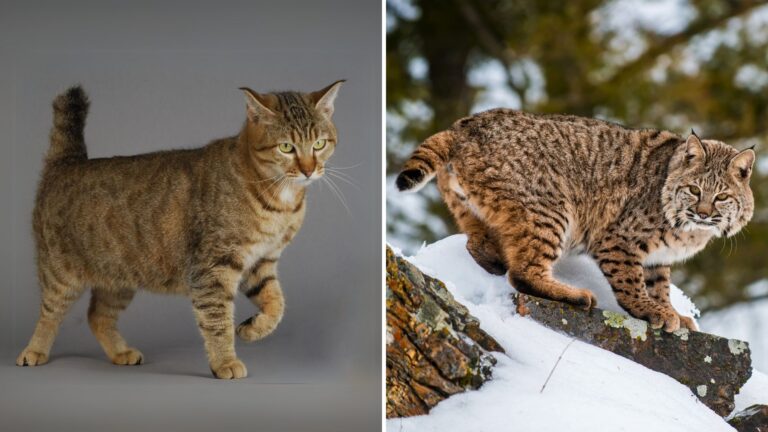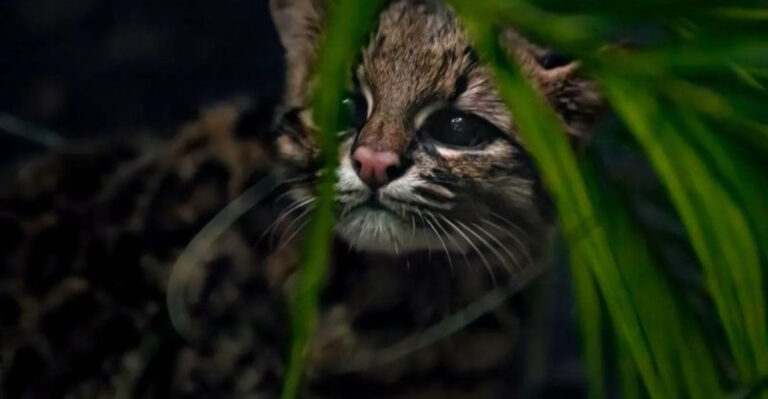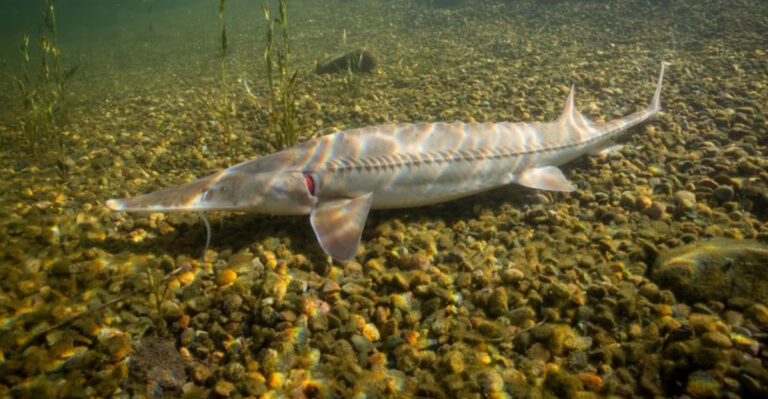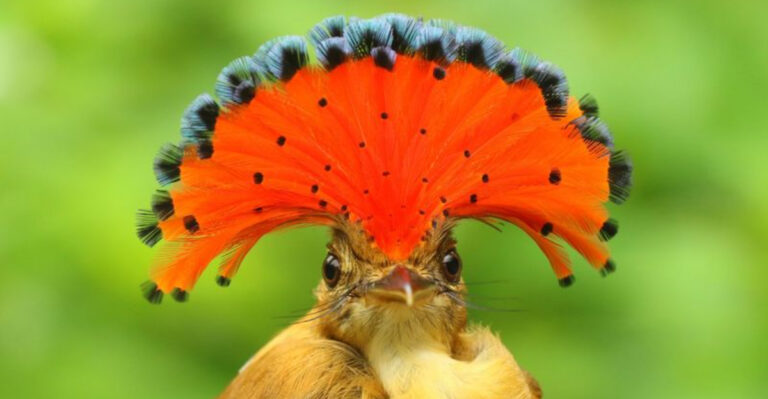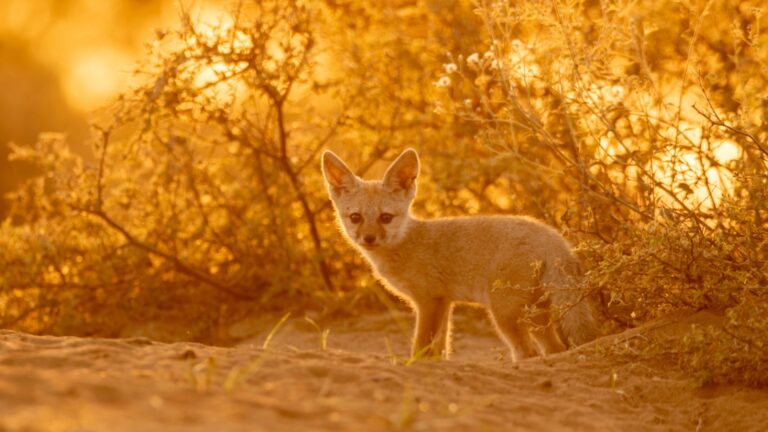13 Incredible Arctic Animals That Thrive In Freezing Temperatures
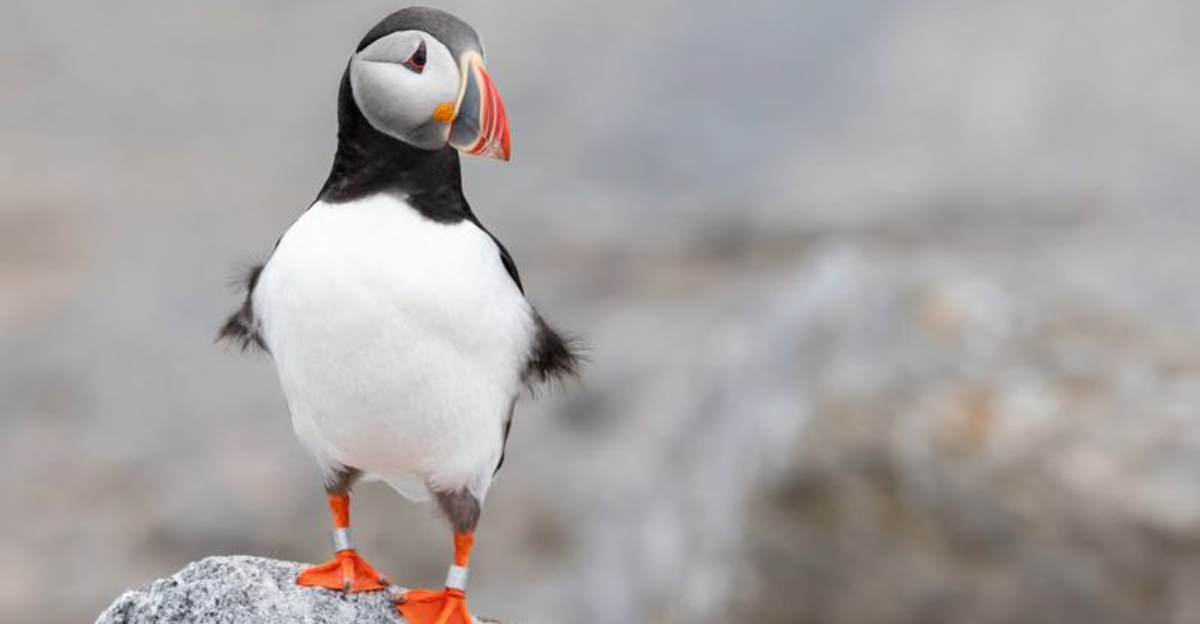
The Arctic region is a breathtaking expanse of icy landscapes and frigid seas, home to a unique array of wildlife that has adapted to thrive in one of the harshest climates on Earth.
These incredible Arctic animals have developed remarkable adaptations to endure the extreme cold, scarce food, and limited sunlight. From majestic mammals to resilient birds, their survival strategies offer a fascinating glimpse into the resilience of life in the polar regions.
1. Polar Bear
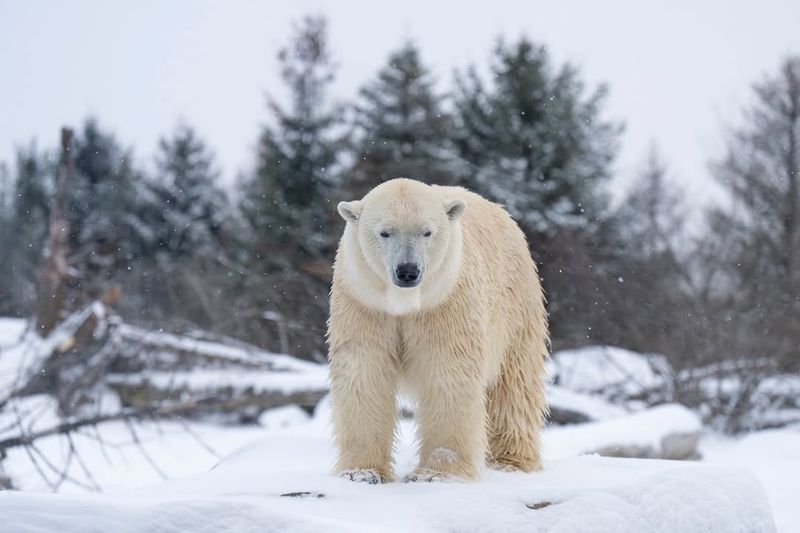
The polar bear, the largest terrestrial carnivore, is a symbol of the Arctic’s icy wilderness. Its thick layer of blubber and dense fur provide insulation against freezing temperatures. These majestic creatures are superb swimmers, capable of covering large distances in search of their primary prey, seals.
With a keen sense of smell, polar bears can detect seals nearly a mile away and hidden under several feet of compacted snow. Their powerful limbs and large paws make them adept at navigating the ice-covered terrain, ensuring their survival in this harsh environment.
2. Arctic Fox
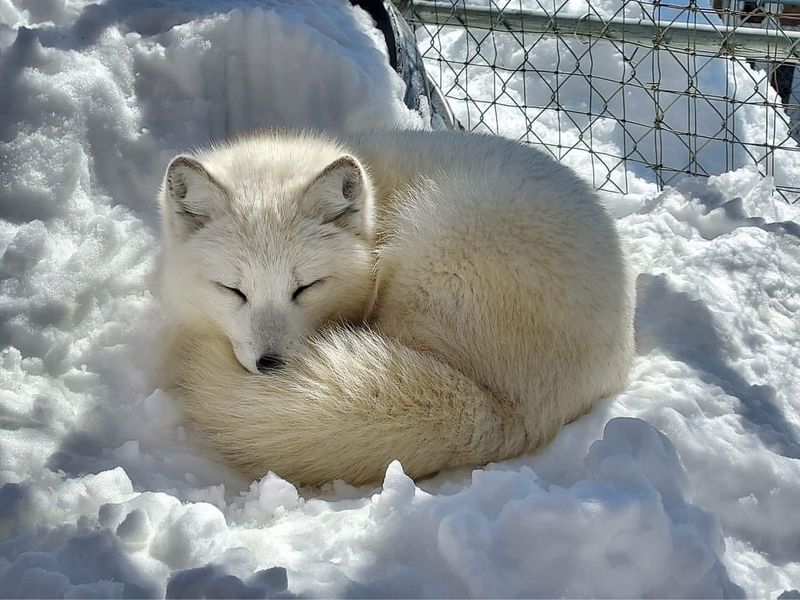
The Arctic fox is a master of winter camouflage, sporting a thick white coat that blends seamlessly with the snowy landscape. This small but resilient mammal relies on its keen hearing to locate prey beneath the snow, such as lemmings and other small rodents.
In summer, the Arctic fox’s coat changes to a brown or grey, allowing it to blend with the tundra’s rocks and vegetation. It’s an opportunistic feeder, often scavenging leftovers from larger predators like polar bears, showcasing its adaptability in the wild.
3. Narwhal
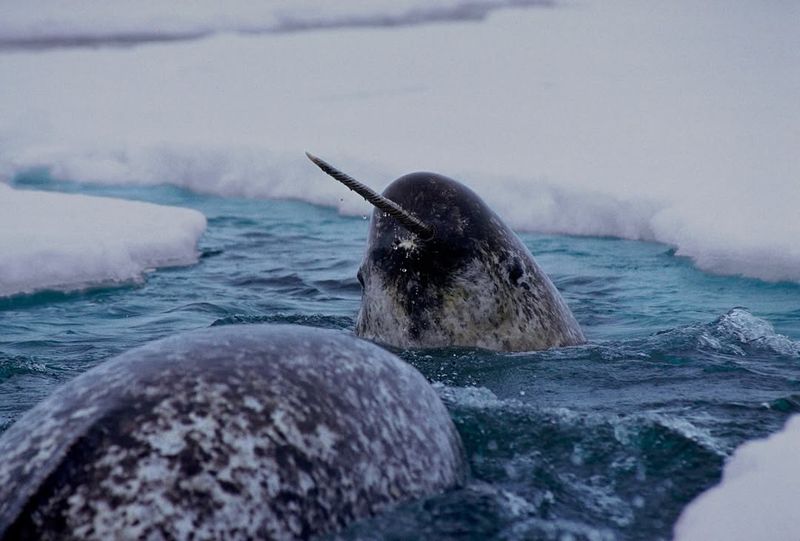
Narwhals, often referred to as the unicorns of the sea, captivate with their unique spiraled tusks, which can reach up to ten feet long. These tusks are actually elongated teeth, and their purpose is still a subject of scientific intrigue.
Narwhals are well adapted to life in the cold Arctic waters, diving to great depths to feed on fish, squid, and shrimp. Their social nature is evident in their traveling patterns, often seen in pods, communicating with clicks and whistles.
4. Walrus
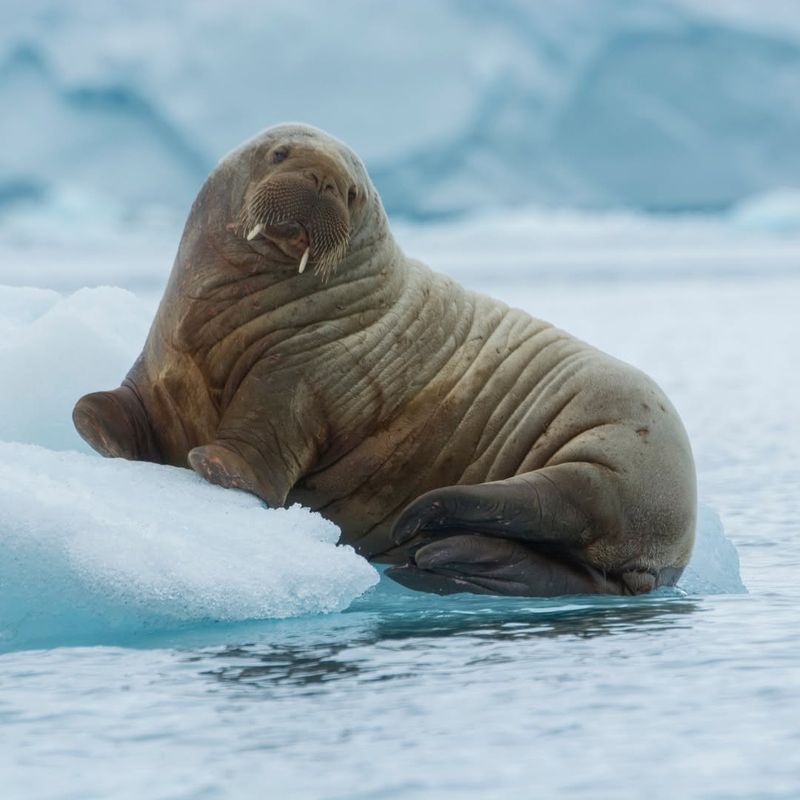
Walruses are iconic residents of the Arctic, with their long tusks and distinctive whiskered faces. These tusks, which can grow up to three feet long, are used for hauling their massive bodies out of the icy waters and onto ice floes.
The walrus’s thick skin and blubber provide essential insulation, while their whiskers help detect shellfish on the ocean floor. Living in large herds, they exhibit social behaviors that include vocalizations and physical interactions, which play a crucial role in communication and mating rituals.
5. Snowy Owl
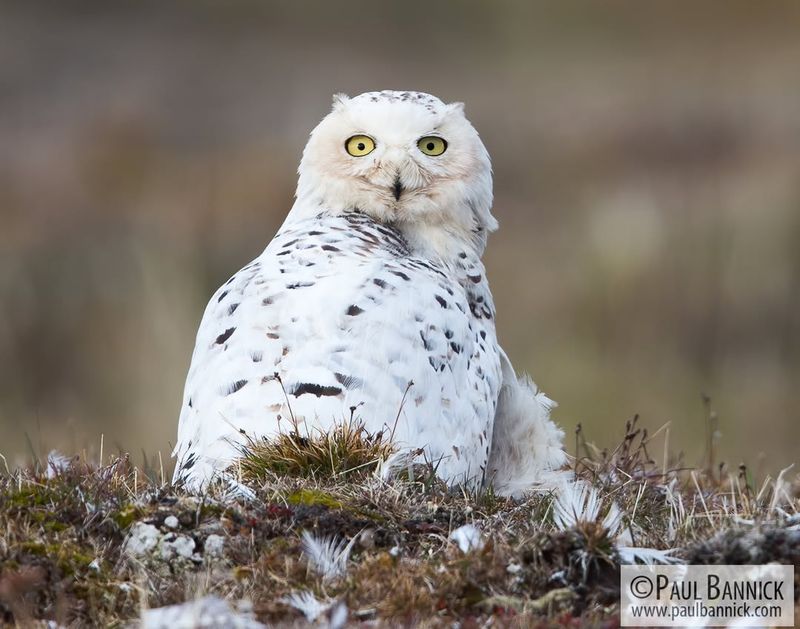
Snowy owls are striking birds with their brilliant white plumage and piercing yellow eyes, perfectly adapted to the Arctic’s open tundra. Their feathers provide exceptional insulation, allowing them to endure frigid temperatures.
These skilled hunters primarily feed on lemmings and small mammals, using their acute vision and hearing to locate prey under the snow. Snowy owls are known for their opportunistic breeding habits, timing their reproduction with the availability of prey, showcasing their adaptability to the ever-changing Arctic environment.
6. Arctic Wolf
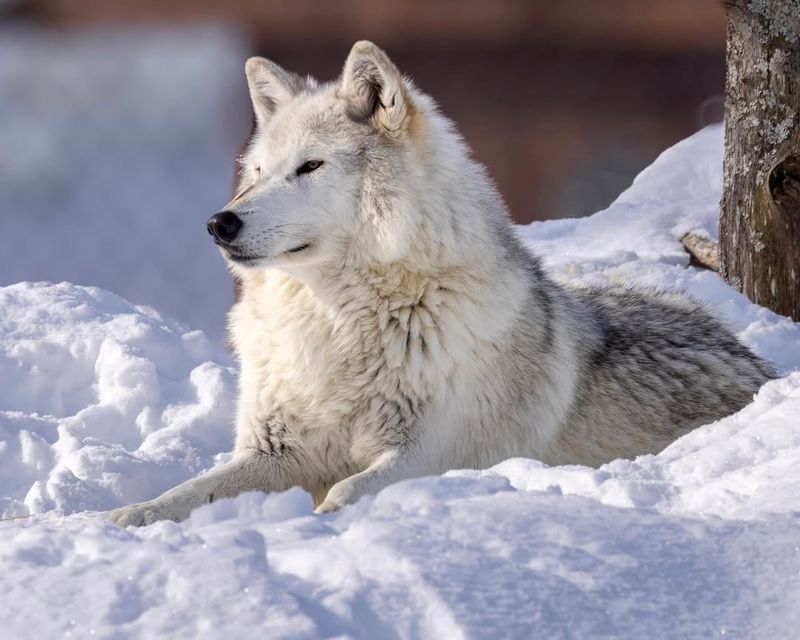
The Arctic wolf, a subspecies of the gray wolf, roams the treeless tundra of the High Arctic. Its thick, white fur serves as both camouflage and protection against the biting cold. These wolves are highly social animals, living and hunting in packs.
Their diet primarily consists of muskoxen and Arctic hares, and they are known for their remarkable endurance, often traveling vast distances in search of food.
7. Harp Seal
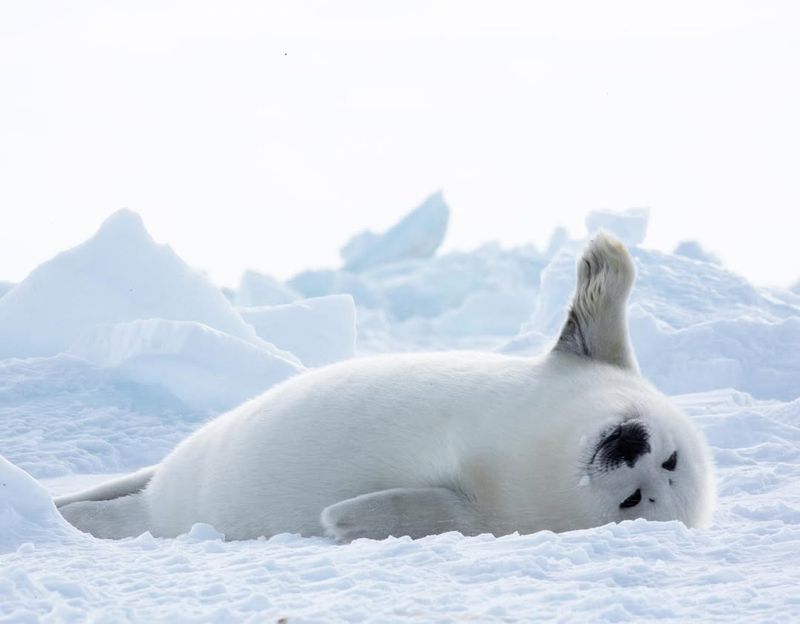
Harp seals are known for their endearing pups, born with fluffy white coats that provide camouflage on the ice. As they mature, their fur changes to a silvery-grey with distinctive harp-shaped markings.
These seals are agile swimmers, using their flippers to navigate through the icy waters in search of fish and crustaceans. Harp seals rely on thick blubber for insulation and energy reserves during the lean winter months.
Their migratory behavior, traveling long distances between breeding and feeding grounds, highlights their resilience in the Arctic’s challenging environment.
8. Caribou
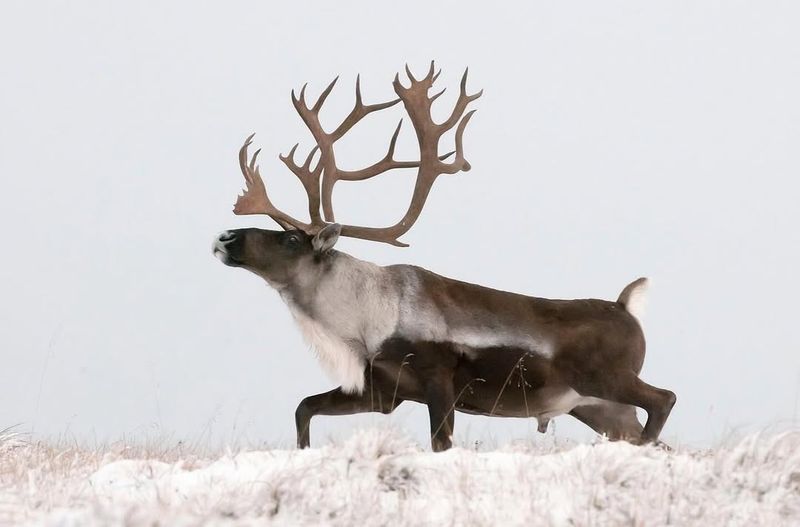
Caribou, also known as reindeer, are iconic herbivores of the Arctic, renowned for their impressive migrations across vast distances. They possess large, spreading hooves that act like snowshoes, supporting them on snow and soft tundra.
During the winter, their thick coats provide insulation against the cold, while their antlers, present in both males and females, are used for foraging under the snow.
9. Arctic Tern
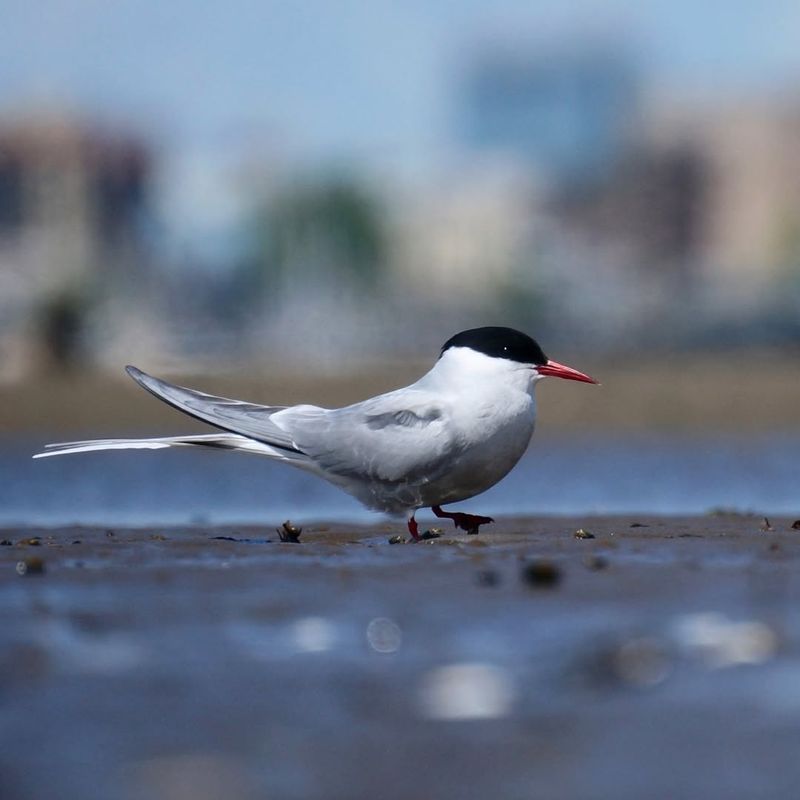
The Arctic tern is a remarkable bird, known for its extraordinary migratory journey from the Arctic to the Antarctic and back each year. This incredible voyage covers over 44,000 miles, making it one of the longest migrations in the animal kingdom.
With its sleek body and long wings, the Arctic tern is well adapted for long-distance flight. Its diet consists mainly of fish and small invertebrates, caught with precision as it swoops down to the water’s surface. Their migratory patterns ensure they experience two summers each year, maximizing feeding opportunities.
10. Beluga Whale
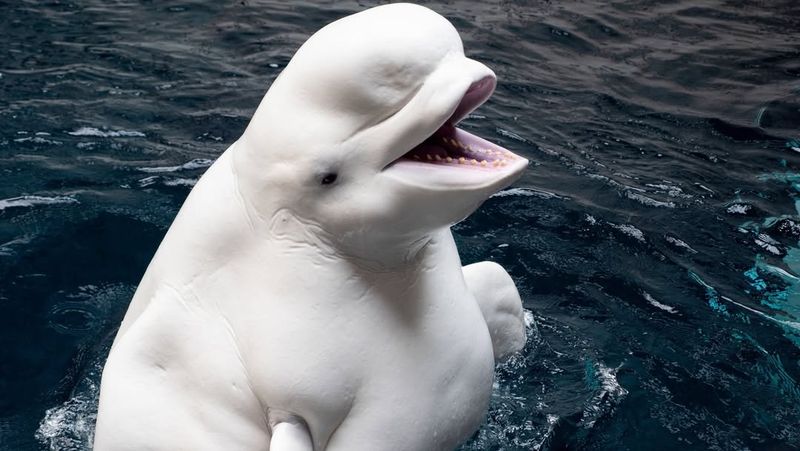
Beluga whales, known for their distinctive white color and vocal nature, are often called the “canaries of the sea.” Their sociable behavior and range of vocalizations facilitate intricate communication within pods.
Adapted to life in the Arctic, belugas have a flexible neck allowing them to nod and turn their head in all directions, aiding in navigation under ice.
They primarily feed on fish, squid, and crustaceans. Belugas’ playful nature and adaptability to changing sea ice conditions highlight their resilience in the cold Arctic waters.
11. Musk Ox
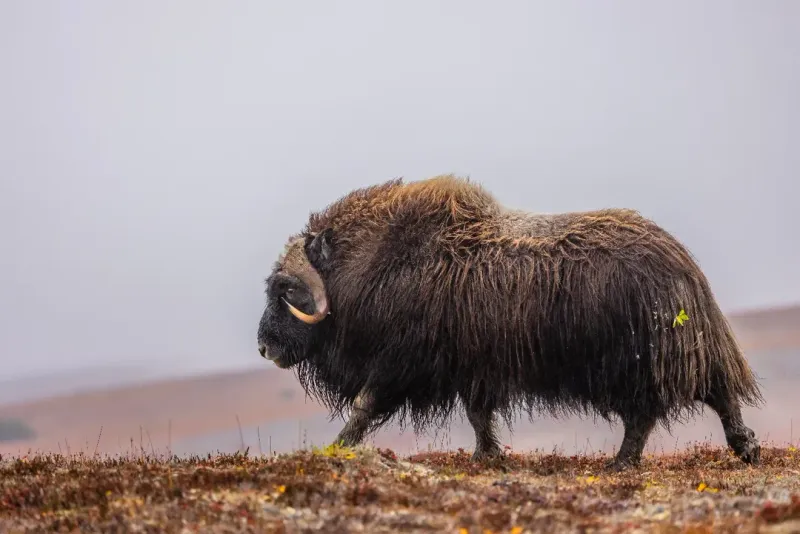
Musk oxen are formidable creatures of the Arctic, with a robust build and a thick, shaggy coat that provides excellent insulation. Their strong, curved horns are used for defense against predators and competition among males.
Living in herds, musk oxen exhibit cooperative behaviors, especially when threatened, forming a protective circle around their young. This social structure, along with their ability to forage for food beneath the snow, ensures their survival in the harsh Arctic conditions.
12. Puffin
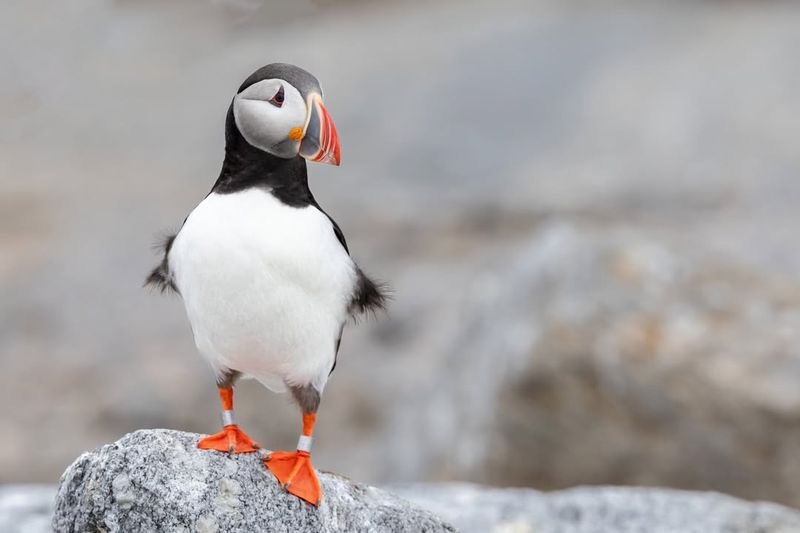
Puffins are charming seabirds, easily recognizable by their colorful beaks and striking black and white plumage. They spend most of their lives at sea, only returning to coastal cliffs to breed.
Their wings are adapted for swimming, enabling them to dive and catch fish underwater with remarkable agility. Puffins are social birds, nesting in colonies where they engage in unique courtship displays.
The change in their beak coloration during the breeding season adds to their allure, making them a favorite subject for wildlife enthusiasts and photographers alike.
13. Ermine
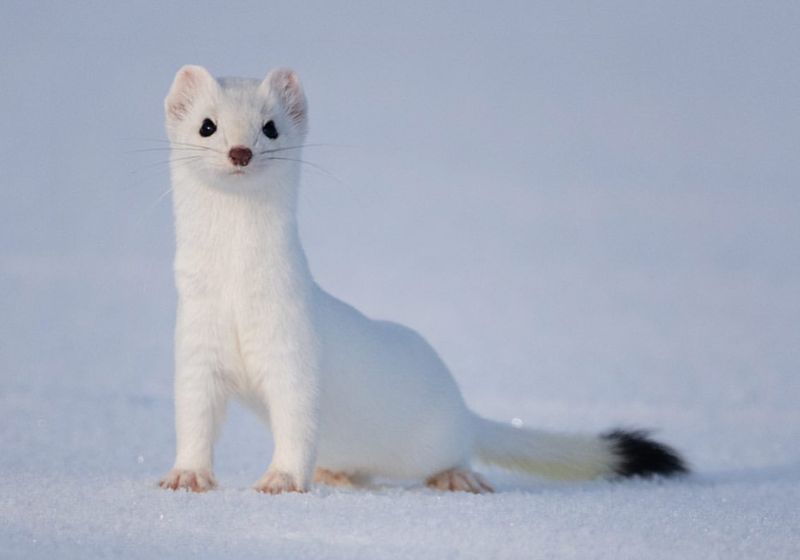
The ermine, also known as the stoat, is a small yet fierce predator of the Arctic, known for its seasonal coat changes. In winter, its fur turns a pristine white, providing camouflage in the snow, while its tail retains a black tip.
This agile hunter preys on rodents, birds, and insects, utilizing its slender body to pursue prey into burrows. The ermine’s adaptability is evident in its varied diet and habitat preferences, which range from forested areas to open tundra.

